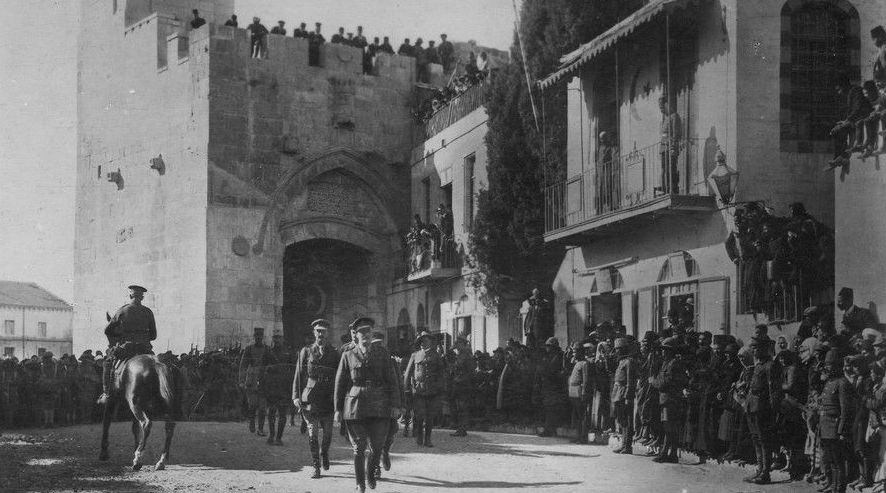Moriscos and Iberian Thought
Episode 351
hosted by Nir Shafir
In 1609 the Moriscos were expelled from the Iberian Peninsula, marking the end of a hundred year effort to assimilate as New Christians these former Muslims. In this podcast, Seth Kimmel speaks to us about the impact of these conversions and expulsions on Iberian intellectual history. We discuss how Spanish officials and scholars attempted to force Moriscos to abandon practices like speaking Arabic and going to the bathhouse. In the process, each of these groups had to define the line between religion and culture, not only for Islam but also for Christianity. At the same time, the need to explain the failure of Morisco integration required new techniques of narration, source usage, and philological expertise. Taken together, these are unexpected intellectual and religious developments from a tragic chapter of history.
Stream via SoundCloud
Contributor Bios
 |
Seth Kimmel is assistant professor in the Department of Latin American and Iberian Cultures at Columbia University, where he studies the literatures and cultures of medieval and early modern Iberia. He is the author of Parables of Coercion: Conversion and Knowledge at the End of Islamic Spain (University of Chicago Press, 2015). |
 |
Nir Shafir is a historian whose research explores the intellectual and religious history of the early modern Middle East, with a focus on material culture and the history of science and technology. He curates Ottoman History Podcast’s series on history of science in addition to being one of the co-founders of hazine.info, a website that explores the archives and libraries of the Islamic world. He is an assistant professor of history at UCSD.
|
Credits
Episode No. 351
Release Date: 13 March 2018
Recording Location: La Jolla, Calif.
Audio editing by Matthew Ghazarian
Music: Istanbul'dan Ayva Gelir Nar Gelir - Azize Tozem and Sari Recep and Baglamamin Dugumu - Necmiye Ararat and Muzaffer
Images and bibliography courtesy of Seth Kimmel
Release Date: 13 March 2018
Recording Location: La Jolla, Calif.
Audio editing by Matthew Ghazarian
Music: Istanbul'dan Ayva Gelir Nar Gelir - Azize Tozem and Sari Recep and Baglamamin Dugumu - Necmiye Ararat and Muzaffer
Images and bibliography courtesy of Seth Kimmel
Images
 |
| Fig. 1. Francisco Heylan (1584-1635). [Moriscos de Granada]. Engraving. In Relación breve de las reliquias que se hallaron en la ciudad de Granada (1706). “Memoria de los Moriscos,” Biblioteca Nacional de España. |
Select Bibliography
Kimmel, Seth. Parables of Coercion: Conversion and Knowledge at the End of Islamic Spain. Chicago: University of Chicago Press, 2015.
Fuchs, Barbara. Exotic Nation: Maurophilia and the Construction of Early Modern Spain. Philadelphia: University of Pennsylvania Press, 2009.
García-Arenal, Mercedes, and Fernando Rodríguez Mediano. The Orient in Spain: Converted Muslims, the Forged Lead Books of Granada, and the Rise of Orientalism. Trans. Consuelo López-Morillas. Leiden: Brill, 2013.
Harvey, L.P. Muslims in Spain: 1500-1614. Chicago: University of Chicago Press, 2015.
Homza, Lu Ann. Religious Authority in the Spanish Renaissance. Baltimore: Johns Hopkins University Press, 2000.
Nirenberg, David. Neighboring Faiths: Christianity, Islam, and Judaism in the Middle Ages and Today. Chicago: University of Chicago Press, 2014.











Comments
Post a Comment
Due to an overwhelming amount of spam, we no longer read comments submitted to the blog.